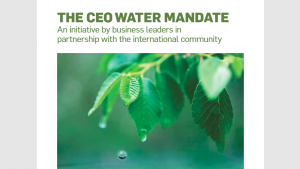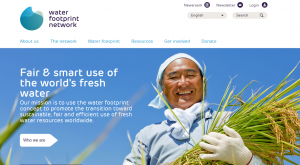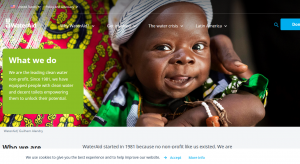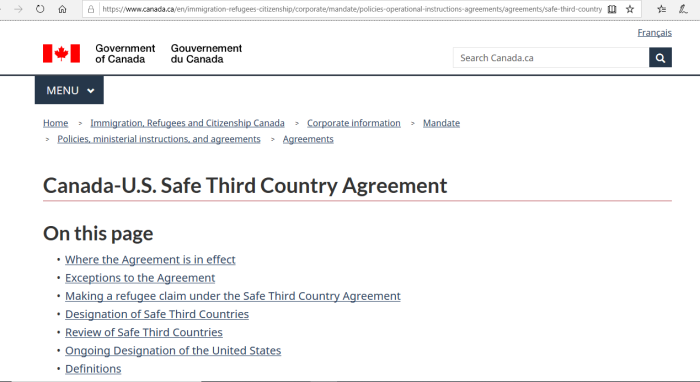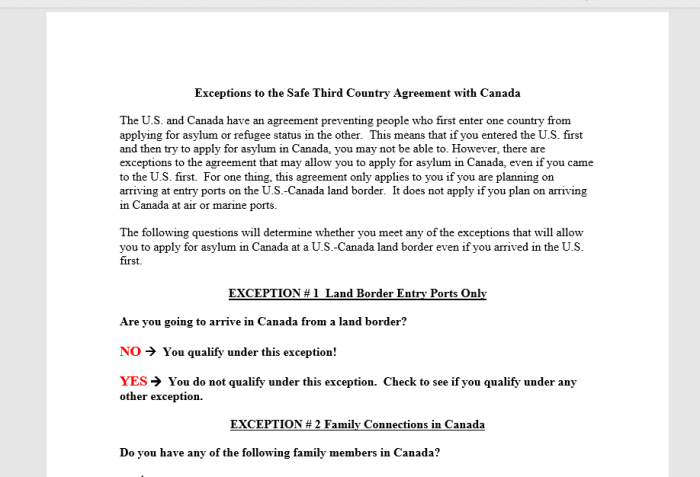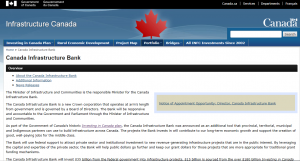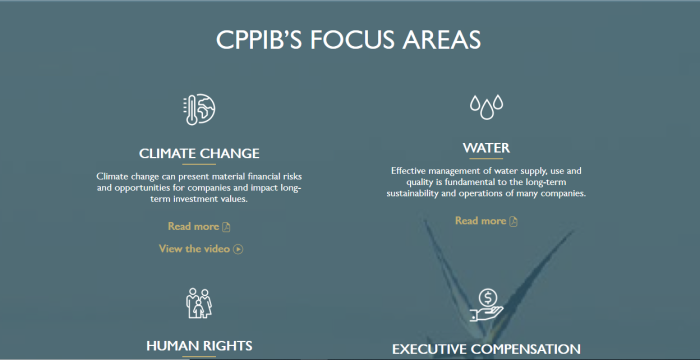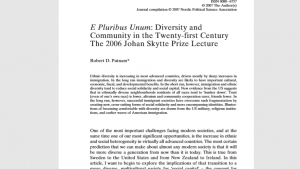
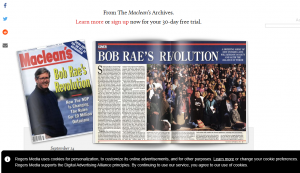
1. Important Links
CLICK HERE, for Harvard’s racial quotas lawsuit.
CLICK HERE, for SAT admission by race, class
CLICK HERE, for Bob Rae’s affirmative action policies.
CLICK HERE, for the Canadian Charter.
CLICK HERE, for Canadian Forces fitness standards (2011).
CLICK HERE, for Canadian Forces run times.
CLICK HERE, for Robert Potnam, E Pluribus Unum
In diverse neighbourhoods (US), everyone “hunkers down”.
Links to many different surveys.
CLICK HERE, for Leveraging Diversity To Improve Business.
No improvement in talent or production found.
CLICK HERE, for MIT article on workplace diversity.
“Idea” of diversity preferred to “actual” diversity
Diversity raises profits, but lowers social cohesion
2. The Maclean’s Article
Most recently, and perhaps most significantly, Ontario has become the first province in Canada to propose a mandatory employment equity program that would have the effect of requiring privately owned companies to hire and promote women, nonwhites, aboriginals and disabled people.
.
Ugly: So far, the government’s opponents have taken aim most directly at the proposed labor laws. Business groups and many of the country’s largest employers have argued that the legislation will give trade unions too much power and frighten off investors from Canada’s industrial heartland. Critics also charge that the New Democrats’ approach to empowering vulnerable or disadvantaged members of society—including workers, visible minorities, women, natives, children, the elderly and the disabled—is fundamentally misguided. They claim that some of the programs will hand power to narrowly focused interest groups rather than to needy individuals. Acknowledged one veteran NDP organizer: “We are getting into some very dicey areas. If we are not careful we can create all kinds of tension
.
Indeed, some analysts say that the NDP’S employment equity proposal is a potentially divisive instrument. Declared University of Toronto historian Michael Bliss: “People are being defined by race and gender, and it is profoundly wrong. In a liberal society you think about people in terms of their character, not the color of their skin.” Bliss said that he is worried that the program could produce an ugly backlash. “The government says that it is trying to stop racism and sexism,” he added, “but I think they are raising the awareness of race and sex almost to a fever pitch.”
1. What Does The Charter Say?
Marginal note:
Equality before and under law and equal protection and benefit of law
15. (1) Every individual is equal before and under the law and has the right to the equal protection and equal benefit of the law without discrimination and, in particular, without discrimination based on race, national or ethnic origin, colour, religion, sex, age or mental or physical disability.
.
Marginal note:
Affirmative action programs
(2) Subsection (1) does not preclude any law, program or activity that has as its object the amelioration of conditions of disadvantaged individuals or groups including those that are disadvantaged because of race, national or ethnic origin, colour, religion, sex, age or mental or physical disability.
In short, everyone is equal, unless you call it affirmative action. Then equality can be thrown to the wind.
4. Gender More Important Than Speed
This example is from the Canadian Forces 1.5km run times.
| AGE | MALE | FEMALE |
|---|---|---|
| Under 30 Years | 10:13 – 11:56 | 12:36 – 14:26 |
| 30 – 34 | 10:35 – 12:26 | 12:57 – 14:55 |
| 35 – 39 | 10:58 – 12:56 | 13:27 – 15:25 |
| 40 – 44 | 11:12 – 13:25 | 13:57 – 15:55 |
| 45 – 49 | 11:27 – 13:56 | 14:26 – 16:25 |
| 50 – 54 | 11:57 – 14:25 | 14:56 – 16:54 |
| 55 and over | 12:27 – 14:56 | 15:27 – 17:24 |
Serious question, how does watering down the standards based on age and sex help strengthen the Canadian Forces?
5. Race, Class, Over Intelligence
The next 2 charts have to do with how SAT scores and ACT scores are slanted depending on race or class in order to gain entry to American universities.
| GROUP | ACT (Scale of 36) | SAT (Scale of 1600) | Race |
|---|---|---|---|
| Black | +3.8 | +310 | |
| Hispanic | +0.3 | +130 | |
| White | +0.0 | +0.0 | |
| Asian | -3.4 | -140 |
| GROUP | ACT (Scale of 36) | SAT (Scale of 1600) | Class |
|---|---|---|---|
| Lower | -0.1 | +310 | |
| Working | +0.0 | +70 | |
| Middle | +0.0 | +0.0 | |
| Upper-Middle | +0.3 | -20 | |
| Upper | +0.4 | -30 |
So, just looking at race, Asian would have a -140, while blacks would have +310, concerning SAT scores. So there would be a 450 point gap, or more than a 25% discrepancy based on race.
Even scoring a perfect 1600, the Asian student would only get 1460, while the black student would only need to achieve an 1150 to beat that Asian. In this case 1150 = 1600. Absurd. Isn’t admission into colleges supposed to be reserved for the most academically accomplished
6. Robert Potnam, E Pluribus Unum
Ethnic diversity is increasing in most advanced countries, driven mostly by sharp increases in immigration. In the long run immigration and diversity are likely to have important cultural, economic, fiscal, and developmental benefits. In the short run, however, immigration and ethnic diversity tend to reduce social solidarity and social capital. New evidence from the US suggests that in ethnically diverse neighbourhoods residents of all races tend to ‘hunker down’. Trust (even of one’s own race) is lower, altruism and community cooperation rarer, friends fewer. In the long run, however, successful immigrant societies have overcome such fragmentation by creating new, cross-cutting forms of social solidarity and more encompassing identities. Illustrations of becoming comfortable with diversity are drawn from the US military, religious institutions, and earlier waves of American immigration.
.
The evidence that diversity and solidarity are negatively correlated (controlling for many potentially confounding variables) comes from many different settings:
• Across workgroups in the United States, as well as in Europe, internal heterogeneity (in terms of age, professional background, ethnicity, tenure and other factors) is generally associated with lower group cohesion, lower satisfaction and higher turnover (Jackson et al. 1991; Cohen & Bailey 1997; Keller 2001; Webber & Donahue 2001).
• Across countries, greater ethnic heterogeneity seems to be associated with lower social trust (Newton & Delhey 2005; Anderson & Paskeviciute 2006; but see also Hooghe et al. 2006).
• Across local areas in the United States, Australia, Sweden, Canada and Britain, greater ethnic diversity is associated with lower social trust and, at least in some cases, lower investment in public goods (Poterba 1997; Alesina et al. 1999; Alesina & La Ferrara 2000, 2002; Costa & Kahn 2003b; Vigdor 2004; Glaeser & Alesina 2004; Leigh 2006; Jordahl & Gustavsson 2006; Soroka et al. 2007; Pennant 2005; but see also Letki forthcoming).
• Among Peruvian micro-credit cooperatives, ethnic heterogeneity is associated with higher default rates; across Kenyan school districts ethnolinguistic diversity is associated with less voluntary fundraising; and in Himalayan Pakistan, clan, religious, and political diversity are linked with failure of collective infrastructure maintenance (Karlan 2002; Miguel & Gugerty 2005; Khwaja 2006).
• Across American census tracts, greater ethnic heterogeneity is associated with lower rates of car-pooling, a social practice that embodies trust and reciprocity (Charles & Kline 2002).
• Within experimental game settings such as prisoners-dilemma or ultimatum games, players who are more different from one another (regardless of whether or not they actually know one another) are more likely to defect (or ‘cheat’). Such results have been reported in many countries, from Uganda to the United States (Glaeser et al. 2000; Fershtman & Gneezy 2001; Eckel & Grossman 2001; Willinger et al. 2003; Bouckaert & Dhaene 2004; Johansson-Stenman et al. 2005; Gil-White 2004; Habyarimana et al. 2006).
• Within the Union (northern) Army in the American Civil War, the casualty rate was very high and the risks of punishment for desertion were very low, so the only powerful force inhibiting the rational response of desertion was loyalty to one’s fellow soldiers, virtually all of whom were other white males. Across companies in the Union Army, the greater the internal heterogeneity (in terms of age, hometown, occupation, etc.), the higher the desertion rate (Costa & Kahn 2003a).
7. Michele E. A. Jayne and Robert L. Dipboye
Research findings from industrial and organizational psychology and other disciplines cast doubt on the simple assertion that a diverse workforce inevitably improves business performance. Instead, research and theory suggest several conditions necessary to manage diversity initiatives successfully and reap organizational benefits. This article reviews empirical research and theory on the relationship between workforce diversity and organizational performance and outlines practical steps HR practitioners can take to manage diversity initiatives successfully and enhance the positive outcomes. © 2004 Wiley Periodicals, Inc.
.
1. Increased diversity does not necessarily improve the talent pool. An increase in the diversity of a group at the demographic level (age, gender, race, disability) does not guarantee an increase in diversity of task-related knowledge, skills, abilities, experiences, and other characteristics
.
2. Increased diversity does not necessarily build commitment, improve motivation, and reduce conflict. Another expectation is that a happier, more harmonious workplace will result from diversity. Unfortunately, the diversification of the workforce often has the opposite effect.
.
3. Increased group-level diversity does not necessarily lead to higher group performance. One cannot, on the basis of the current research in psychology, conclude with confidence that a diverse group is a better-performing group
But diversity is our strength….
8. Peter Dizikes | MIT News Office
“The more homogeneous offices have higher levels of social capital,” Ellison observes. “But the interesting twist is that … higher levels of social capital are not important enough to cause those offices to perform better. The employees might be happier, they might be more comfortable, and these might be cooperative places, but they seem to perform less well.”
.
Another wrinkle Ellison and Mullin found is that just the perception that firms are diverse was sufficient to produce satisfaction among employees — but this perception did not necessarily occur in the places where more extensive gender diversity accompanied better bottom-line results.
.
“In offices where people thought the firm was accepting of diversity, they were happier and more cooperative,” Ellison says. “But that didn’t translate into any effect on office performance. People may like the idea of a diverse workplace more than they like actual diversity in the workplace.”
Diversity is better as an abstract idea than a reality. At least that is what these findings discovered
9. Final Thoughts
The idea of being tolerant and inclusive is a great theory. However, if forced, it doesn’t stand up to any testing or scrutiny. Despite this being rammed down our throats, people are not receptive to diversity being pushed.
Unity is strength.
Diversity is weakness.



